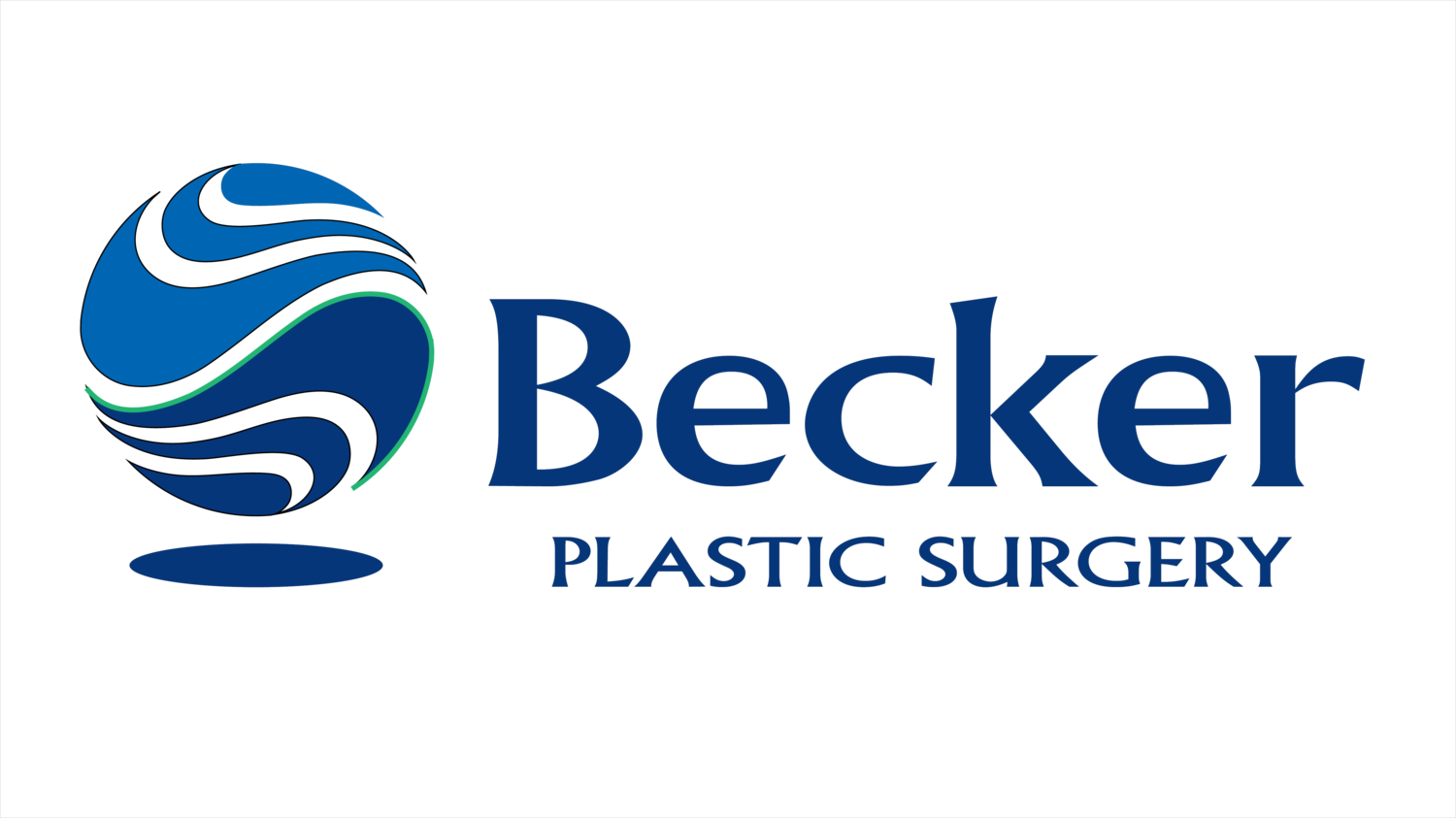Rhinoplasty Information
Qualifications
In general, good candidates for rhinoplasty are:
Old enough that their facial growth is complete
Healthy and do not have medical conditions that impair healing
Nonsmokers
Individuals with a positive outlook and realistic expectations
Preparation
In preparing for a rhinoplasty, you may be asked to:
Get lab testing or a medical evaluation
Take certain medications or adjust your current medications
Stop smoking
Avoid taking aspirin, anti-inflammatory drugs, and herbal supplements because they can increase bleeding and bruising
Arrange for a friend or family member to drive you to and from surgery and to stay with you the first night following surgery
Recovery
A splint and/or packing may be placed inside your nose and a splint or bandages placed on the outside to support and protect the new structures during initial healing. Bruising can persist for a couple weeks.
Initial swelling subsides in the weeks following surgery; it may take up to a year for your new nasal contour to fully refine. During this time you may notice gradual changes in the appearance of your nose as it refines to a more permanent outcome. Swelling may come and go and worsen in the morning during the first year following a rhinoplasty.
Although infrequent, the risks and complications of rhinoplasty include:
Asymmetry (unevenness between two sides)
Over correction or under correction
Need for additional surgery
